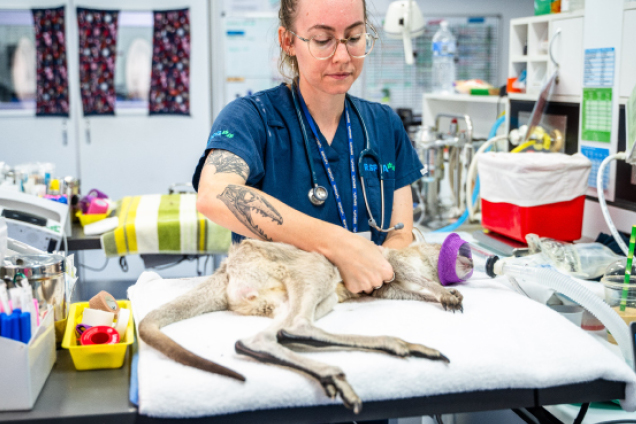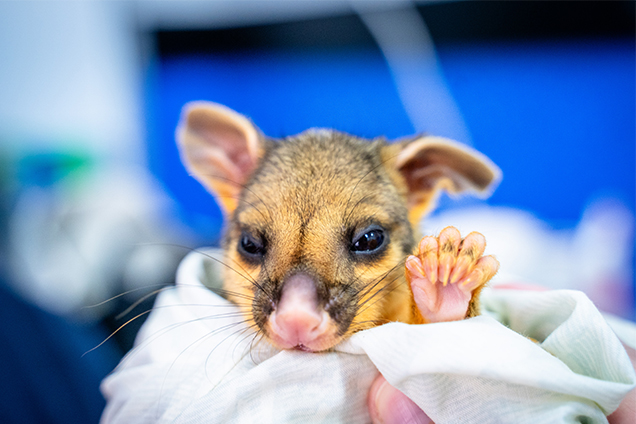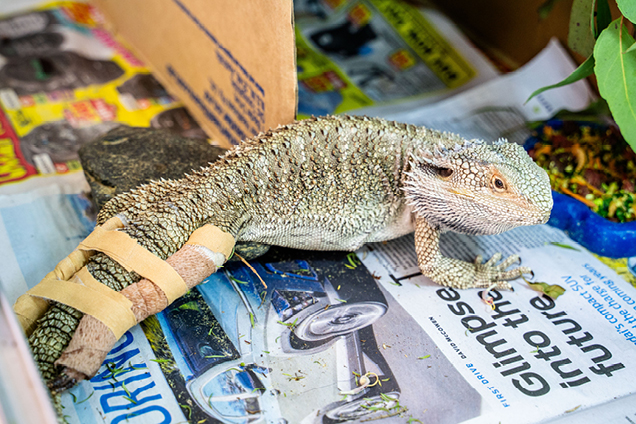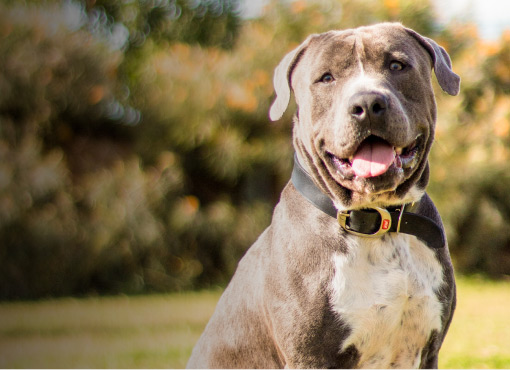Jaimee Blouse, Business Development Manager for Wildlife at RSPCA Queensland, said there's a significant increase in the number of patients coming through in Spring and Summer.
"Spring is breeding season so a lot more animals are on the move, and they are getting themselves into trouble in the sense that they have to come into contact with humans a lot more frequently, passing over roads or yards."
Ms Blouse said at this time of year RSPCA Queensland saw thousands of baby birds brought in with apparent ailments, however, that is not always the case as they are still at the fledgling stage and learning how to fly.
"Leave them with Mum and Dad if they are still around but if they are injured, sick or threatened by domestic animals they definitely will need attention."
Here are five steps you can take in Spring to ensure you are looking out for all creatures great and small.






